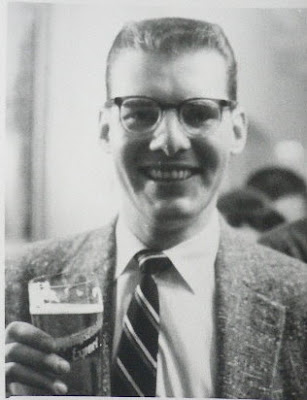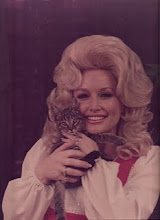I have to say. These scans don’t cut it. They’re nothing like the thrill of opening up an album in a thrift store or a dumpster or chasing a piece of paper down the street, or wiping mud and dusting dirt from one lying on the corner; the images here aren’t even like pawing through an inexplicably grimy bin of photographs at an antique store, finding just the right one and shelling out the dough (a quarter, fifty cents, a dollar). That’s what’s so difficult about them, and why they’ve become a strange burden to me. I feel responsible for the lives represented here even while I’m not sure there are lives represented at all. I wonder if it's naive to assume that such brief moments really do offer any real portrait of the time, place, memory, and mark they portray.
The good ones are sensitive. They’re are imbued with the subjectivity of framing, subject, and lighting as well as the romance of their finding and their distance (in time, place, and character) to my own life. I really love them. Big time. I’ll show them to anyone who asks or who doesn’t. I’ll pull out boxes and folders and spread them out on my bed or the living room floor. I’ll explain how I found them and everytime I find a new one I’ll think “This is it, I’ve finally found the only one I ever could. This is the mother lode, for real.”
They’re personal. I don’t want to filter them through other media. I don’t want to exploit them. But, part of the burden is that I might be the only person who holds what these photographs hold. Part of the burden is an idea of memory as a memorial. That said, and getting back to the bit about the scans, If you want to see these in real life, to hold them and notice the things about them that make them worthwhile, to speculate and drink a cup of something at my house, let’s do it. The kitchen table can be cleared as a stage anytime and whatever’s on the living room floor can be kicked away.
Sara









































